Updated April 18, 2024
One of the top things we hear from players taking beginner guitar lessons is... "my fingers hurt!"
Fingertip sensitivity when playing guitar, even when playing basic guitar chords, is totally normal at first.
Don't worry, fingertip sensitivity is only temporary and will go away once you build up some calluses on your fingers.
Developing calluses is a rite of passage in learning to play the guitar.
At first, pressing down on the strings can be uncomfortable and even painful, but over time, the repeated contact causes the skin on your fingertips to thicken and harden, forming calluses.
These toughened areas make playing less painful and more precise, allowing for longer practice sessions without discomfort.
It's important to practice consistently, as sporadic playing might delay callus development.
Here are some tips to help with callus building.
Increase your guitar's playability.
The higher the action the more force is required to press down the strings.
Luckily, just about any guitar's action can be adjusted.
Take your instrument to your local music shop and ask them to check the action.
If your action is too high, you'll be amazed at how much easier it is to play once you get it adjusted.
Regular maintenance like keeping the guitar clean and the strings fresh also contributes to a better sound and a more pleasant playing experience.
If you're unsure about how to do these adjustments yourself, it's a good idea to take your guitar to a professional for a setup.
This can help prevent forming bad habits due to compensating for a poorly set-up instrument.
Keep your nails trimmed.
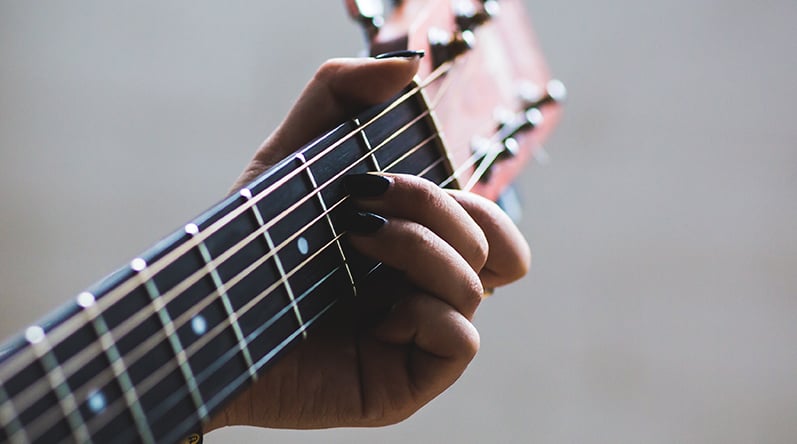
It's much easier to build calluses with shorter nails.
Long nails not only make it hard to develop calluses, they make it hard to get a good sound as well.
With long nails preventing the flesh of your fingers to get a good grip on the strings, it'll be more difficult to get a clean sound.
Oftentimes you'll see guitarists with short nails on the fretting hand and long nails on their picking hand.
Finger and nail care is important for guitarists, but it's a bit of an advanced concept.
For now, just keep your fingernails on the shorter side and you'll be set.
Get the right strings.
Guitar strings are available in a variety of gauges.
Light gauge strings are easier to play than medium or heavy gauge strings, and they'll cause less finger soreness.
Medium or heavy gauge strings will initially hurt more, but they should give you some nice, thick calluses pretty quickly.
Guitar strings come in a variety of types, each offering unique sound characteristics and playing experiences, tailored to different musical styles and player preferences.
For classical guitars, nylon strings are standard; they produce a soft, warm tone ideal for classical and folk music and are easier on the fingers.
Acoustic guitars typically use steel strings, which generate a brighter, louder sound, perfect for country, rock, and pop.
Learn on a steel string acoustic guitar.
If you learn to play on a steel string acoustic, it'll be easier to play the electric, not vice versa.
Acoustic guitars have thicker gauge strings.
So your calluses will form more quickly playing thicker gauges.
Learn the differences between common types of guitars here.
Electric guitars are generally easier to physically play: the strings are thinner, the "action" is low and therefore they are easier to press down.
Within steel strings, there are further choices like phosphor bronze, known for their resonant and warm tone, and 80/20 bronze, which offers a brighter and crisper sound.
Electric guitarists often opt for nickel-plated strings, which provide a clear, sharp tone, or stainless steel strings for durability and a punchier sound.
Additionally, coated strings are available for those looking to reduce finger noise and extend string life.
Each string type impacts not only the tone and playability but also how the guitar interacts with various amplification and effects setups, making string selection a crucial element of personalized guitar playing.
Don't press on the strings so hard.
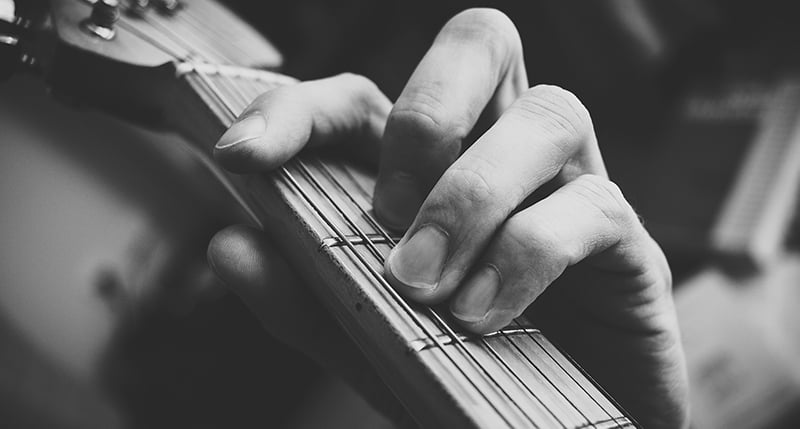
Beginner guitar players have a tendency to press down on the strings too hard.
Relax your fingers, and press down just hard enough to make sure the string firmly contacts the fret.
The greatest danger from using too much pressure is developing tendonitis, which will force you to stop playing the guitar altogether until you completely recover.
Don't play with wet fingers.
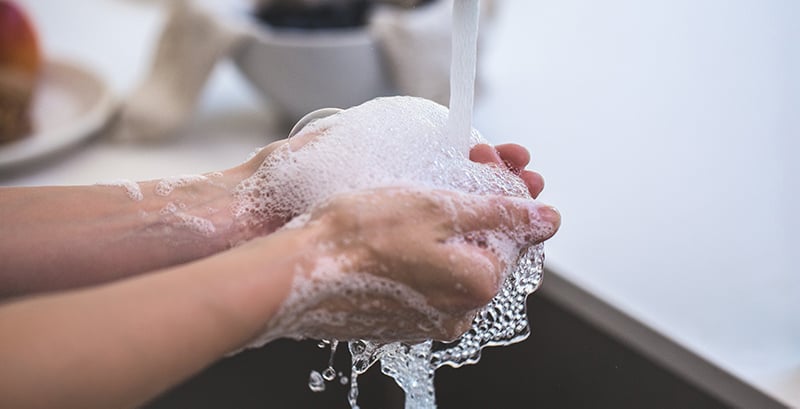
Calluses will soften up after being immersed in water while doing things like washing dishes, swimming, and bathing, or right after you have applied hand lotion.
If your hands feel wrinkled and your fingertips are still soft after being in water, wait till your hands are dry and your calluses feel hard again before playing.
Refrain from biting, picking, or shaving off your hard-earned calluses.

You'll be right back where you started from otherwise and will have to start the process all over again.
Ripping them off can lead to soreness and even open cuts, which might set back your playing time.
Sounds like common sense, I know, but you'd be surprised how tempting it gets to gnaw those buggers off, most especially when they are wet and soft from having been in water.
Soak your fingers in apple cider vinegar.
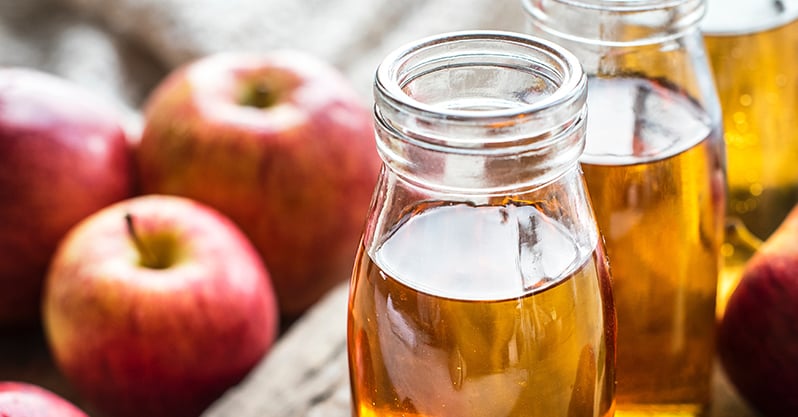
Just soak your fingertips in apple cider vinegar for about 30 seconds before and after playing.
Lightly icing your fingertips before and after playing can also help alleviate soreness.
Topical anesthetic products containing benzocaine—toothache creams, for example—can also be applied before and after playing.
Some guitarists use a spot of Super Glue on tender tips as a makeshift callus.
You have to be careful though that your fingers don't stick together or to the fretboard, where it can damage the finish.
And should you go and develop a split in your finger, try using New-Skin® or some other liquid bandage to help close it.
Use Rubbing alcohol.
A tip that supposedly comes direct from Eric Clapton is to rub your fingertips with isopropyl (rubbing) alcohol three times a day for a week or two for a beginner or someone who hasn't played for a while.
This will dry out the skin and help calluses build quicker.
Wipe your fingertips with a cotton pad soaked in rubbing alcohol, or use alcohol wipes, which health care providers use to clean your skin before giving you a shot.
Use Pocket gadgets.
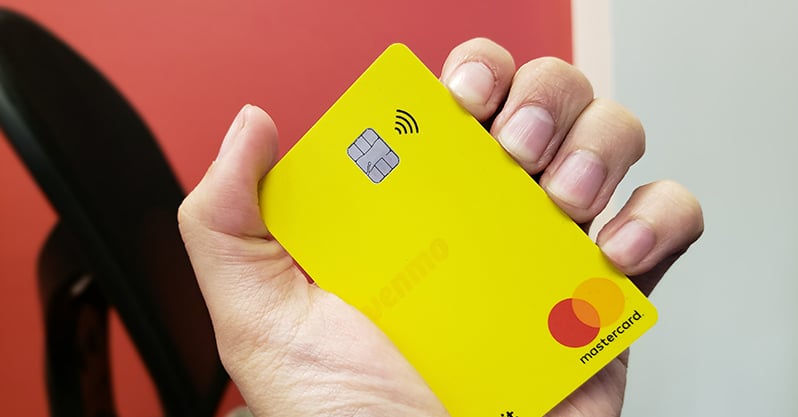
Some guitarists like to keep an old credit card in their pocket to help harden and maintain calluses while they pass time waiting in a bank line or riding a bus.
Hold the card across the palm of the hand and press each finger in turn into the opposite edge.
Some people simply dig their thumbnail into their fingertips a lot, right where the string hits the tip.
Persevere.
Everyone who takes up the guitar has to deal with sore fingers in the beginning and every time they come back to their instrument after some time away.
But in the end, it's so worth a little pain.
So press on.
Keep playing regularly.
Learn to embrace the pain, knowing it will pass.
Don't let sore fingertips stand between you and your dream of playing guitar.
Don't give up, toughen up.
And finally, remember that you've worked hard for your calluses.
Keep them the same way you earned them—practice, practice, and more practice—and your tips will serve you a lifetime.
In the 2009 documentary film It Might Get Loud, Jack White performs "Blue Veins" with The Raconteurs, literally playing until his fingers bleed.
Not only does the clip leave me in awe of White's immense talent, it also reminds me of all the bellyaching I'd done over sore fingertips when I first took up the guitar (and the subsequent times I neglected my instrument and had to start the whole process over again—and again and again).
Reminder - when you first get a guitar, remember to set it up correctly.
I could hardly get through a half-hour practice in those early days without having to break every five minutes to nurse my tender, wounded digits where the strings had cut into them.
And I let everyone within earshot know that not only was it hard to learn to play guitar, but it hurt too.
Calluses are built gradually, over a period of time and with commitment.
They help to increase your pleasure in playing by desensitizing your fingers to pain, allowing you to play longer and better.
Calluses are the difference between the players and the pretenders.
They are your battle scars, your badge of honor as a guitarist.
Plain 'ol Practice.
The most effective way to build calluses is through good old-fashioned practice.
The type of practice we're talking here, however, isn't playing for three hours straight and then not playing again for days.
If you try to play for several hours a day when you're brand new to the guitar or returning to your instrument after a lengthy absence, you may end up with a blister or two instead of a callus.
Blisters or cuts can make it almost impossible to play, and they're slow to heal too, so don't overdo it.
What you want to do is to play in shorter bursts of time, several times a day, many times a week.
Your fingertips will hurt a bit at first, but you don't want to avoid the soreness.
Again, it's the only surefire way to build calluses.
You can expect a decrease in fingertip sensitivity with time.
And once you've got those babies good and tough, keep them that way by playing your guitar daily, even if only for a few minutes.
As long as you continue to play faithfully, you'll maintain your calluses and never have to worry about sore fingers again.
Are calluses good for guitar playing?
Totally! Calluses are like a guitarist's badge of honor. They build up on your fingertips from playing and make pressing the strings less painful, which means you can play longer and more comfortably.
FAQ
Do guitar calluses ever go away?
Yep, if you take a break from strumming for a while, those hard-earned calluses will soften and might even disappear. But, they'll start forming again once you're back to learning how to play guitar.
How long does it take for a guitar callus to form?
It varies from person to person, but typically, you'll start to notice some toughening up after a few weeks of regular guitar practice. Consistency is key here!
Are guitar calluses supposed to peel?
Sometimes, yes. As your skin gets used to the friction, old layers may peel off, but this is just part of the process of developing stronger new layers underneath.
Is it OK to rip off calluses?
Not really the best idea. Ripping them off can lead to soreness and even open cuts, which might set back your playing time. Best to let them come off naturally.
Are guitar calluses bad for you?
Nope, not at all. They're actually protective, helping to shield your fingertips from the constant pressure and friction of the strings.
Do electric guitarists have calluses?
Sure do! Even though electric guitar strings can be a bit easier on the fingers than acoustic strings, regular practice will still lead to callus formation.
How do guitarists deal with calluses?
Most just let them be as a natural part of playing. Keeping your hands moisturized can help manage them, and using finer grit sandpaper to smooth them down gently can keep them from catching on the strings.
Why you shouldn't remove calluses?
Removing them can make playing painful again as you lose that layer of protection. It's best to keep them intact to continue playing comfortably.
Do calluses help with grip?
Yes, they can! Besides making it easier to press down on guitar strings, the toughened skin can provide a bit more grip and control over the strings, enhancing your playing technique.

